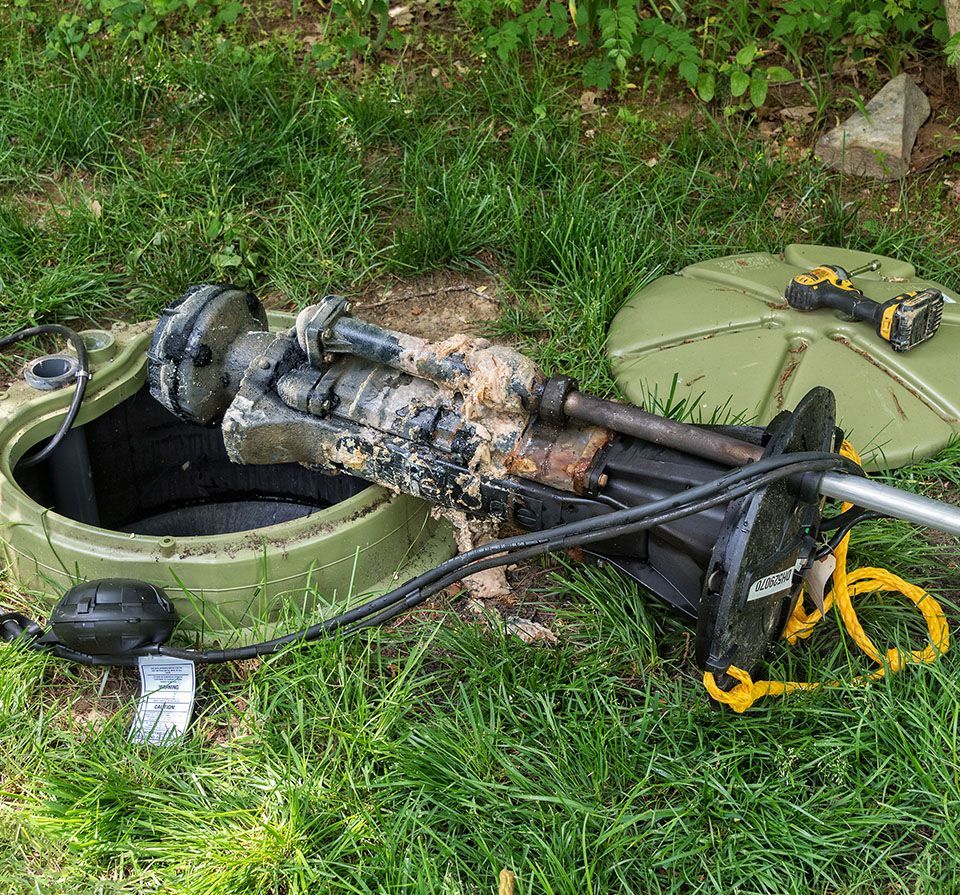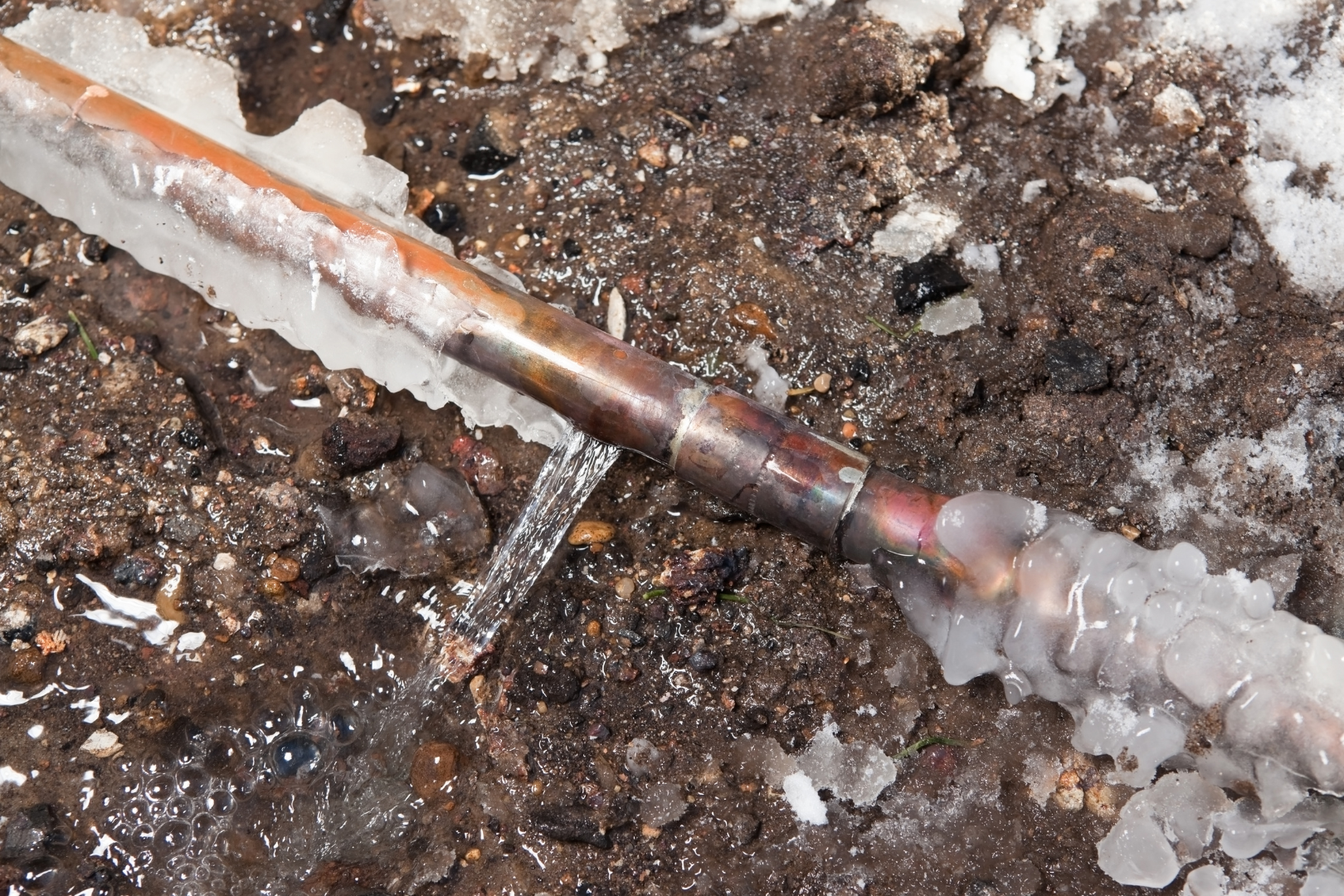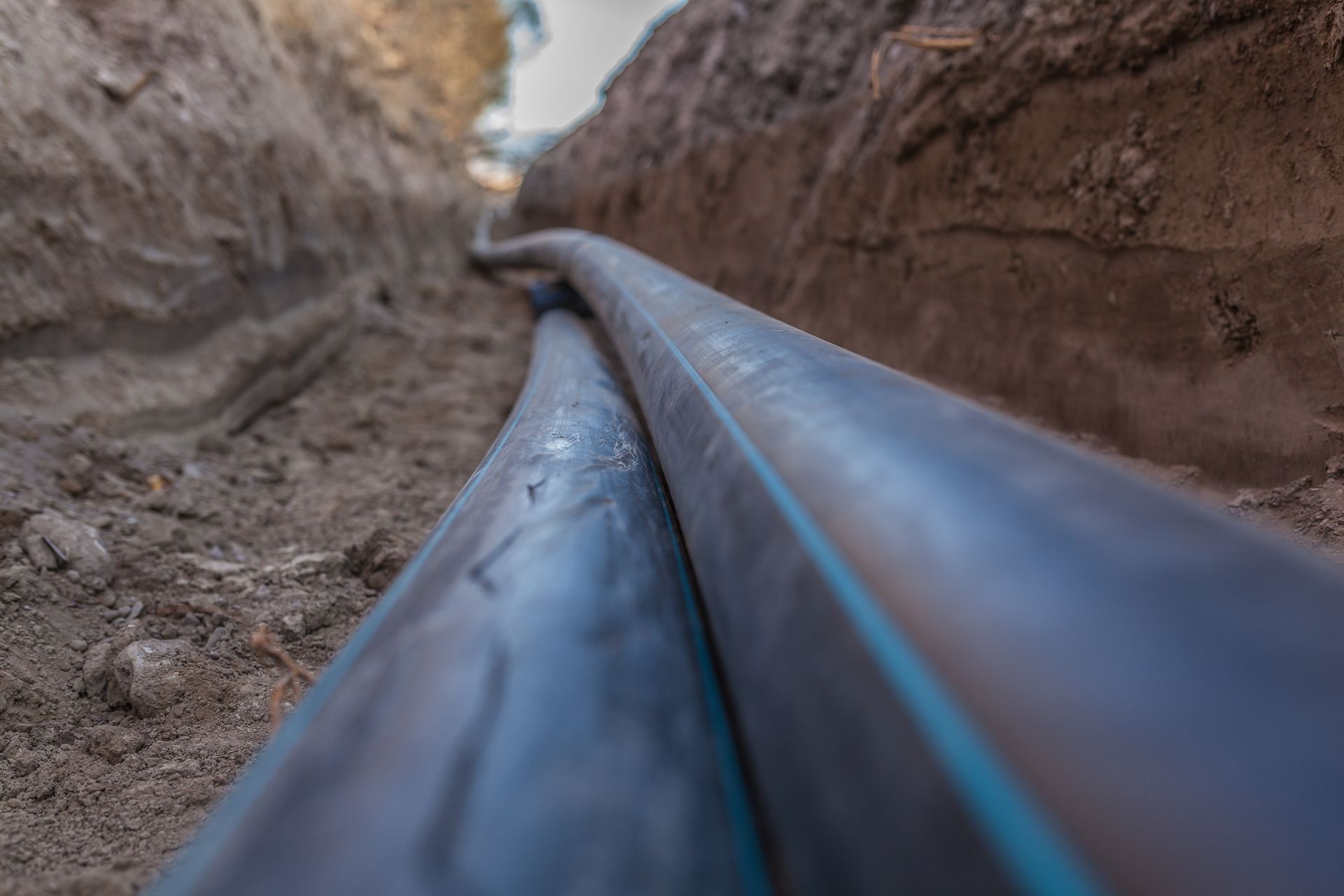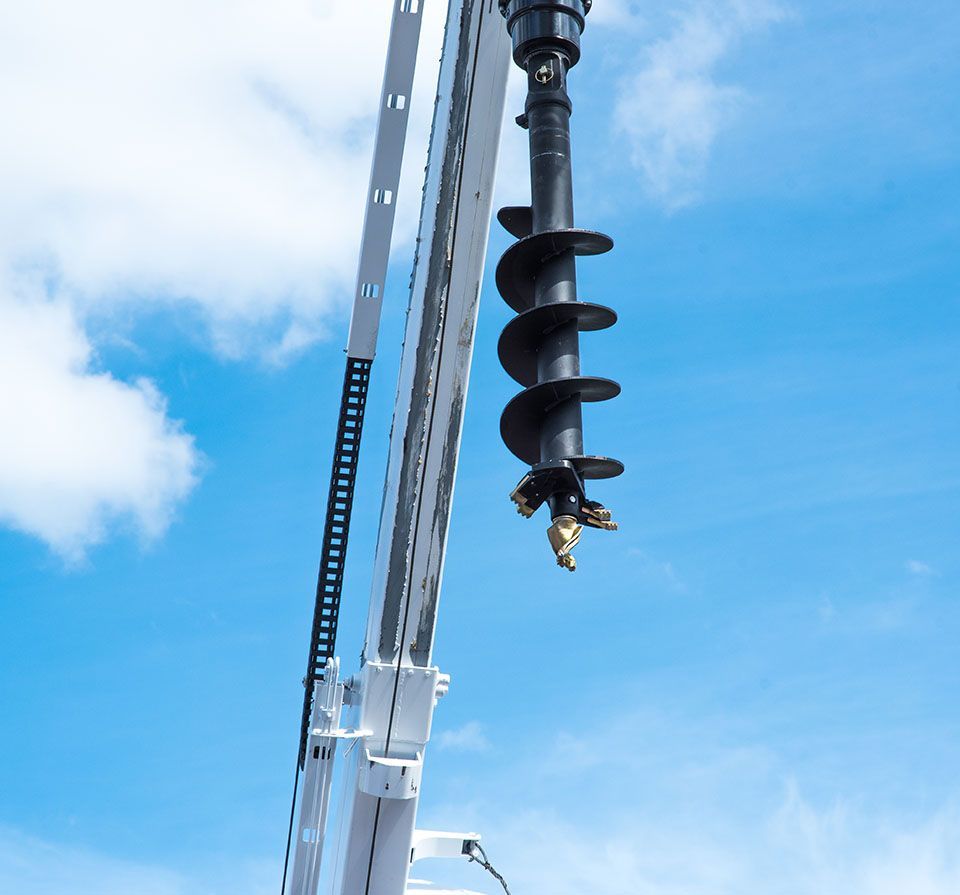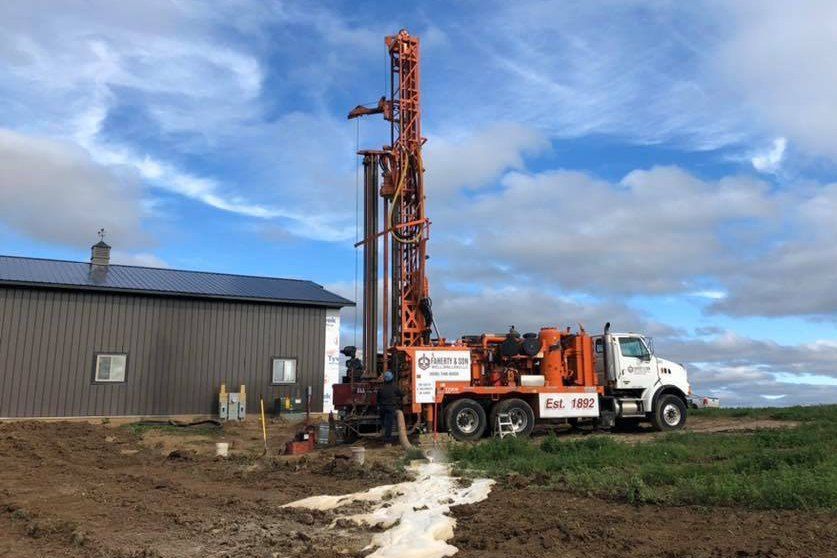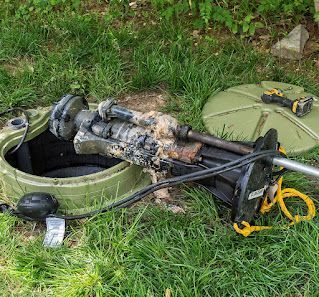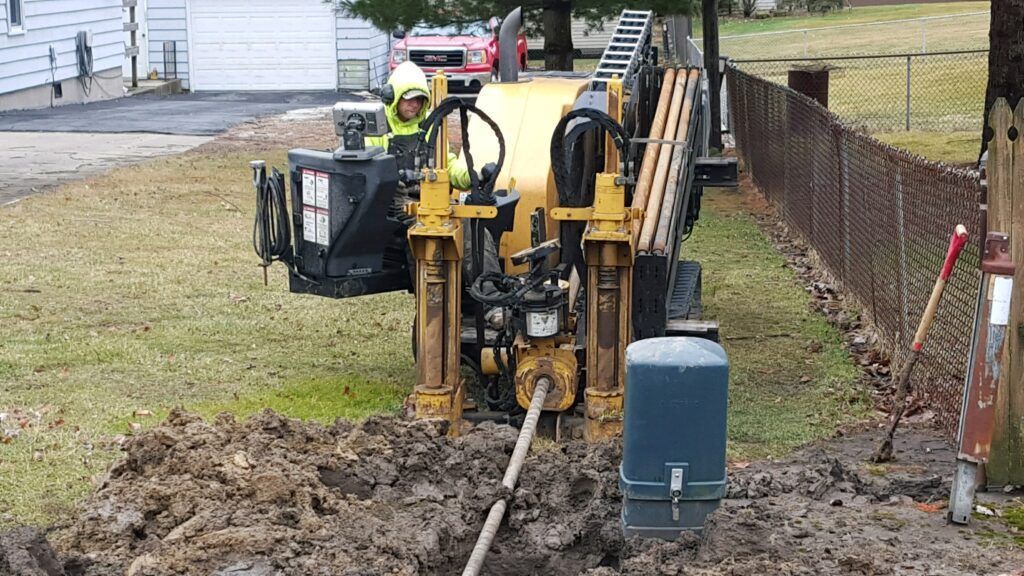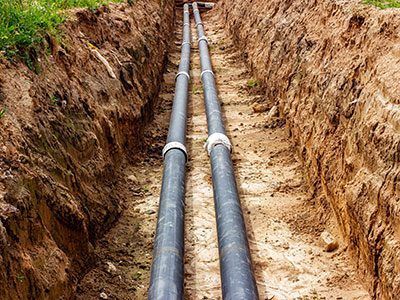Common Mistakes to Avoid in Utility Boring Projects
When it comes to utility boring, precision and planning are everything. Whether you’re installing water, sewer, gas, or fiber conduits underground, mistakes can cost thousands of dollars — not to mention unnecessary delays, property damage, or even safety risks.
At Pinpoint Directional Drilling Inc., we’ve spent over 20 years helping homeowners, contractors, and municipalities across Fort Wayne, Indianapolis, and South Bend complete successful underground utility installations. We’ve seen what works — and just as importantly, what doesn’t.
In this post, we’ll break down the most common mistakes made in utility boring projects and how you can avoid them.
1. Inadequate Planning or Site Evaluation
Skipping the planning stage is the fastest way to derail a project.
What goes wrong:
- Misjudged distances or depths
- Hitting existing underground utilities
- Soil instability or groundwater issues
- Difficult access points not accounted for
How to avoid it:
Always start with a thorough
site
evaluation. At Pinpoint, we assess terrain, surface conditions, utility congestion, and required clearances. We also use utility maps, soil sampling (if needed), and 811 "Call Before You Dig" services to plan a safe, accurate boring route.
2. Choosing the Wrong Equipment or Method
Not all boring machines — or methods — are created equal. A mismatch can result in misaligned paths, equipment breakdowns, or failure to complete the bore.
What goes wrong:
- Using the wrong drill head for the soil
- Attempting HDD in rocky conditions without proper tooling
- Selecting open trenching when trenchless would save time and money
How to avoid it:
Work with an experienced utility boring contractor who understands
which method suits which environment.
Our team matches the right boring approach — whether it’s horizontal directional drilling (HDD), pipe bursting, or conventional trenching — to the specific needs of your project.
3. Ignoring Local Codes and Permits
Trying to “get the job done fast” by skipping legal requirements almost always backfires.
What goes wrong:
- Fines or project shutdowns
- Non-compliance with safety setbacks
- Inability to connect to municipal systems
- Future issues during property inspections or sales
How to avoid it:
Secure all necessary permits and approvals from your local jurisdiction. At Pinpoint, we help our clients with the paperwork and ensure all installations are fully code-compliant, avoiding legal trouble down the road.
4. Failing to Locate and Mark Existing Utilities
This is one of the most dangerous — and expensive — mistakes you can make.
What goes wrong:
- Striking water, gas, or electrical lines
- Injuries to workers
- Property-wide outages
- Liability for damages
How to avoid it:
Before boring, always use 811 utility locating services and physically mark all utility paths. We never begin a bore until we’ve positively identified and cleared every potential obstacle underground.
5. Overlooking Soil Conditions
Different soil types behave differently when drilled. If you don’t account for that, your bore path may fail or the drill may veer off course.
What goes wrong:
- Collapsing bore holes
- Excessive friction or resistance
- Inaccurate depth or direction
- Damage to the bore head or conduit
How to avoid it:
We perform soil assessments (especially for commercial or municipal jobs) to identify clay, sand, gravel, rock, or groundwater zones. Then we select the appropriate tooling, drill pressure, and fluid mixture for a clean, controlled bore.
6. Inaccurate Depth or Alignment
Failing to follow the intended path or maintain correct depth can mean the installed utility is unusable, non-compliant, or dangerous.
What goes wrong:
- Pipes laid too shallow (risking freezing or damage)
- Lines crossing paths with other utilities
- Failure to meet slope requirements (especially for sewer systems)
- Difficult or failed connections at termination points
How to avoid it:
Our HDD equipment includes real-time tracking systems that allow us to monitor depth, pitch, and position throughout the bore. Accuracy is essential — and with the right equipment and expertise, it’s 100% achievable.
7. Skipping Final Testing and Inspection
Even after the installation is complete, the job isn’t done until it’s tested.
What goes wrong:
Leaks or weak joints
Improper flow or pressure
Undiscovered kinks, punctures, or debris in the line
How to avoid it:
We conduct flow tests, pressure testing, and camera inspections when needed to verify the line is working perfectly before backfilling or closing the project. Testing saves time and rework — and it’s standard practice for any professional team.
8. Hiring Inexperienced or Unlicensed Contractors
Perhaps the biggest mistake? Choosing the lowest bidder who lacks the credentials or equipment to do the job right.
What goes wrong:
- Project delays
- Repeated failures or repairs
- Voided warranties or insurance conflicts
- Unsafe work environments
How to avoid it:
Always hire a licensed, insured, and experienced underground utility contractor. At Pinpoint Directional Drilling Inc., we bring two decades of field-tested experience, state-of-the-art equipment, and a dedication to safe, precise work on every project.
The Bottom Line: Planning and Experience Matter
Utility boring isn’t guesswork — it’s a skill that requires planning, attention to detail, and the right equipment.
Avoiding the mistakes above helps ensure:
- Your project finishes on time
- You stay on budget
- Your property stays protected
- Your utilities are installed to code
- Your investment lasts for years to come
Need a Utility Boring Expert in Indiana?
From residential conduit runs to commercial sewer systems and municipal utility upgrades, Pinpoint Directional Drilling Inc. is your trusted partner for utility boring in Fort Wayne, Indianapolis, and South Bend.
Let’s make sure your next underground utility project is done right — from the first bore to the final connection.
